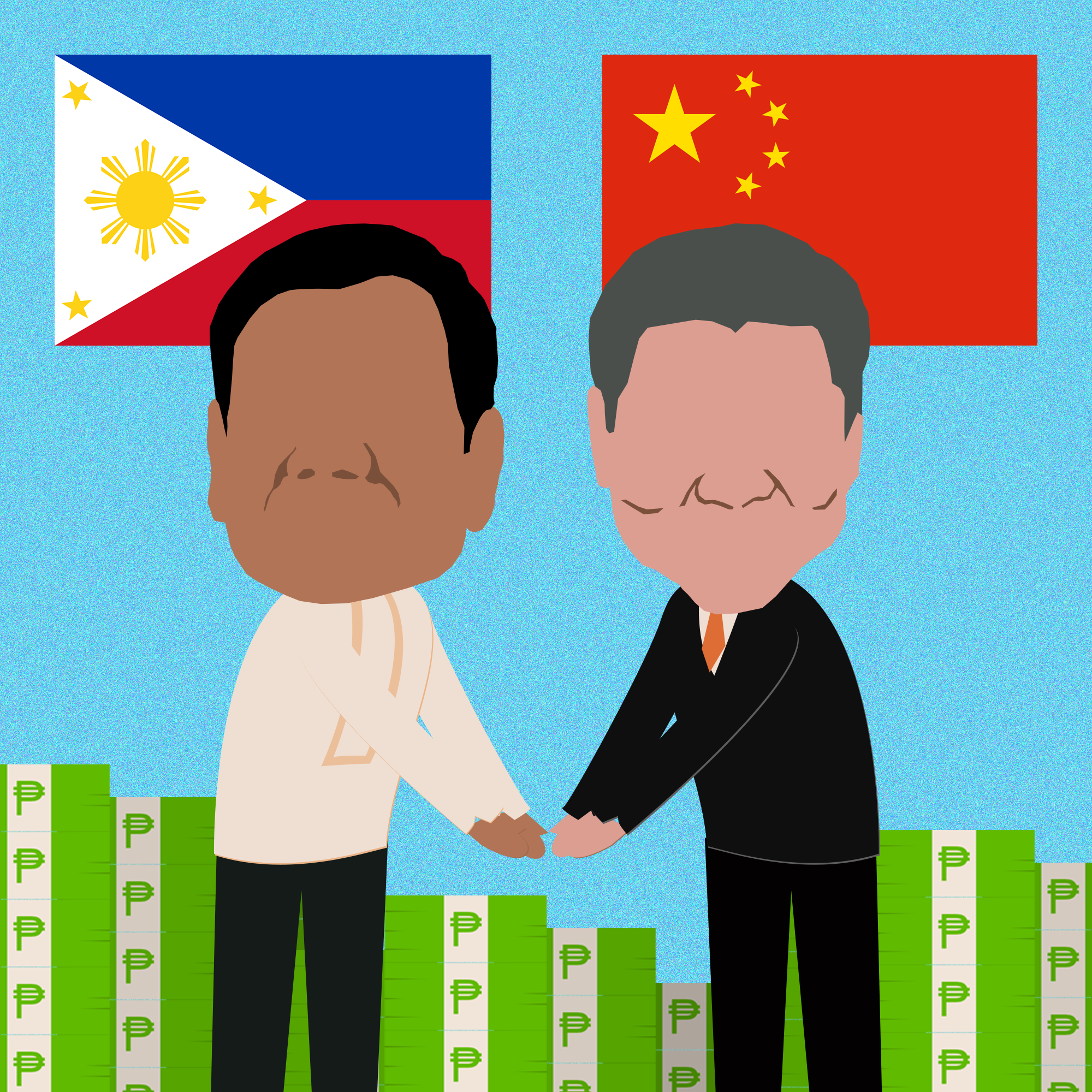RCEP is being negotiated by the 10 member states of the ASEAN plus six other countries that ASEAN has a free trade agreement (FTA) with or the so-called ASEAN+1 (i.e. China, Japan, South Korea, India, Australia and New Zealand).
In essence, RCEP is a continuation of the efforts to further open up and integrate the Philippine and regional economy of Southeast Asia to the global production and supply chain dominated by the industrialized economies and their corporations, a neoliberal offensive that has been going on relentlessly for four decades in the country with disastrous consequences.
RCEP participants have already conducted 19 rounds of formal (and secretive) negotiations since 2013. The Philippines will host intersessional ministerial meetings this September in preparation for the 20th Round, which will be held in Inchon, South Korea in October. Negotiators are hopeful that they would be able to conclude the proposed FTA within the year.
Overhyped claims on greater exports
One of the supposed benefits of RCEP is greater Philippine exports as tariffs are lowered. Such potential benefit however could be overhyped given that RCEP markets have already been opened up even prior to RCEP.
Intra-ASEAN trade under the ASEAN Economic Community (AEC) is already highly liberalized while the ASEAN+1 FTAs also already provide lowered tariffs for exports coming from the region. ASEAN tariff rates, on the average, are pegged at just 0.54 percent. In addition, the share of tariff lines in the region with 0% tariff rates is already at 96 percent.
Meanwhile, ASEAN+1 FTAs have also significantly reduced tariffs for goods coming from the ASEAN and its trade partners. Australia and New Zealand, for instance, have already committed to remove tariffs on all ASEAN products. Under the ASEAN-China Free Trade Area (ACFTA), China and the ASEAN members agreed to reduce to zero the tariffs on 7,881 product categories or 90% of imported goods.
Thus, it is doubtful whether RCEP could help in pushing for more exports of local goods, which are mainly raw, semi-processed and low value-added agri-food commodities anyway including canned tuna, fresh pineapple, mango, raw cane sugar, crude coconut oil, cut tobacco, bananas, coconut, and copra oil.
Aside from the already liberalized RCEP markets, structural issues such as a weak manufacturing base and underdeveloped infrastructure continue to hamper the national economy.
Real threats to sensitive local goods
While prospects for greater Philippine exports are limited the threat of more imports from RCEP suppliers loom including of commodities that are deemed socially sensitive in the country. One of the sectors to be gravely affected by RCEP that even proponents of liberalization recognize is rice.
A study funded by the Philippine Institute for Development Studies (PIDS) simulated the potential effects of RCEP on the economy and concluded with overall favorable results (e.g., “additional welfare of US$4.5 billion in 10 years”). But for rice, the study estimated that between 2014 and 2023, production would sink by 4.26% as import volume rises by a huge 33.15% under RCEP.
This is alarming because as liberalized as the economy has already become, moves toward greater liberalization continue under the country’s past commitments, including those that the country has previously protected from liberalization under the World Trade Organization (WTO).
While Duterte has extended the quantitative restriction (QR) on rice up to June 2020, his economic managers are pushing for its permanent removal and for the imposition instead of a tariff that will also be gradually removed.
The current QR sets a limit of 805,200 metric tons (MT) of imported rice imposed with 35% tariff. A bill to implement this has already been endorsed as urgent (i.e. for legislation within the year) by the executive committee of the Legislative-Executive Development Advisory Council (LEDAC).
A more recent PIDS study projects that Philippine rice import volume could increase by 100% from the current 2.2 million MT to 4.4 million MT from 2017 to 2022 without the QR. An article posted by the Philippine Rice Research Institute (PhilRice) claims that lifting the rice QR with tariff at 35% could pull down the income of already impoverished rice farmers by 29 percent.
This as heavily subsidized cheap rice imports further flood the domestic market, compete with local rice produced by Filipino farmers who do not enjoy the same support measures that Thai or Vietnamese farmers do, and depress more the farmgate price of palay.
According to estimates by the Department of Agriculture (DA), local palay’s production cost is at Php12 per kilo whereas in Vietnam, it is only about Php6 a kilo. Then there’s also the persistent and rampant smuggling of rice, which import liberalization has further facilitated.
Trade negotiators of the country have said that rice is included in the sensitive sectors that they intend to protect in the RCEP discussions. But such protection is already highly limited given that the country could not offer in the RCEP below what it will commit in rice trade liberalization under the WTO or other ASEAN+1 FTAs as set out in RCEP’s guiding principles on negotiations.
Furthermore, the 35% tariff is already the existing ASEAN rate and thus it will be tough for Philippine RCEP negotiators to increase the tariff such as to 70% as proposed by some economists to compensate for the QR lifting.
Food security and rural development
Advocates of liberalization often ignore the fact that while importing countries are bound by FTA commitments to keep their economic sectors opened, exporting countries do not have the same obligation to supply when their own national interests are at risk. The problem that such situation creates becomes more pronounced when dealing with traded goods as sensitive as rice.
In recent years, land use conversion and climate change have been affecting the Philippines’ main sources of rice imports while food speculation has been driving up global rice prices. As rice self-sufficiency is dropped in the name of liberalization, these adverse external developments further put the country’s food security in serious jeopardy.
As staple food, rice is not just directly linked to national food security but also to rural development. In 2016, palay accounted for almost a quarter of the gross value added (GVA) in agriculture at current prices, based on Philippine Statistics Authority (PSA) data.
However, its GVA has been falling by 10.4% annually from 2014 to 2016 (contributing to overall agriculture decline of almost 1% yearly), a trend that will surely worsen with greater liberalization and a deluge of rice imports under RCEP and WTO.
Rice liberalization is said to directly and indirectly impact close to 20 million Filipinos, or about a fifth of the national population including some 2.5 million small farmers and others whose livelihood relies on the rice sector.






